South Pacific seamounts expedition
In March 2025, we embarked on an exciting journey to uncover the secrets of the deep. Check out what we got up to and what’s at stake below.


Bringing together a crew of scientists and technicians, we embarked on a voyage to the High Seas of the Tasman, to survey the deep sea life that exists hundreds of metres below the surface. What we found was beyond what we could have imagined.
Watch our voyage into the unknown – the mission to survey seamounts out in the High Seas of the Tasman.
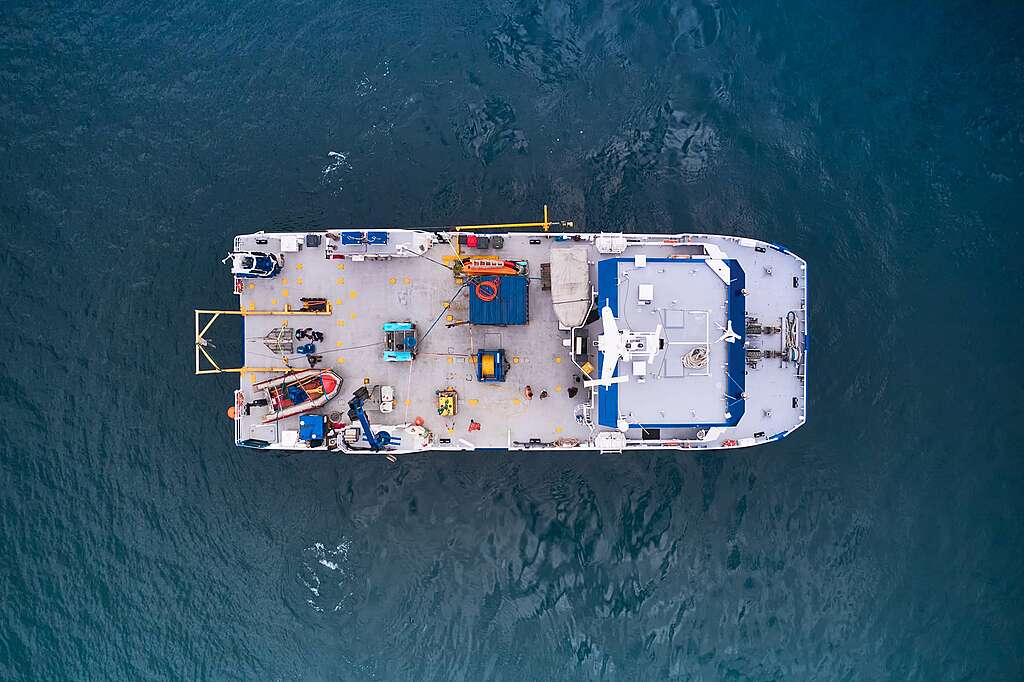
The story so far
In March 2025 Greenpeace Aotearoa embarked on a Seamount Expedition.
Our mission was to explore the deep seas of Aotearoa and the South Pacific. We used special underwater cameras to survey the seafloor, including in intensively trawled areas in the Tasman Sea, off the west coast of New Zealand.
We captured images of the life that lives there for our onboard science team to start identifying them.
Why go on a seamount expedition?
We want to shine a light on what’s in the dark. Seamounts are vital to ocean health. But so few seamounts have been studied, meaning really we don’t know much about these ecosystems and what’s found on them.
That’s why we’re doing this research. Working with scientists and using deep sea cameras, our aim is to survey habitats including seamounts, record the species that live there and contribute to the knowledge base for these seldom explored areas.
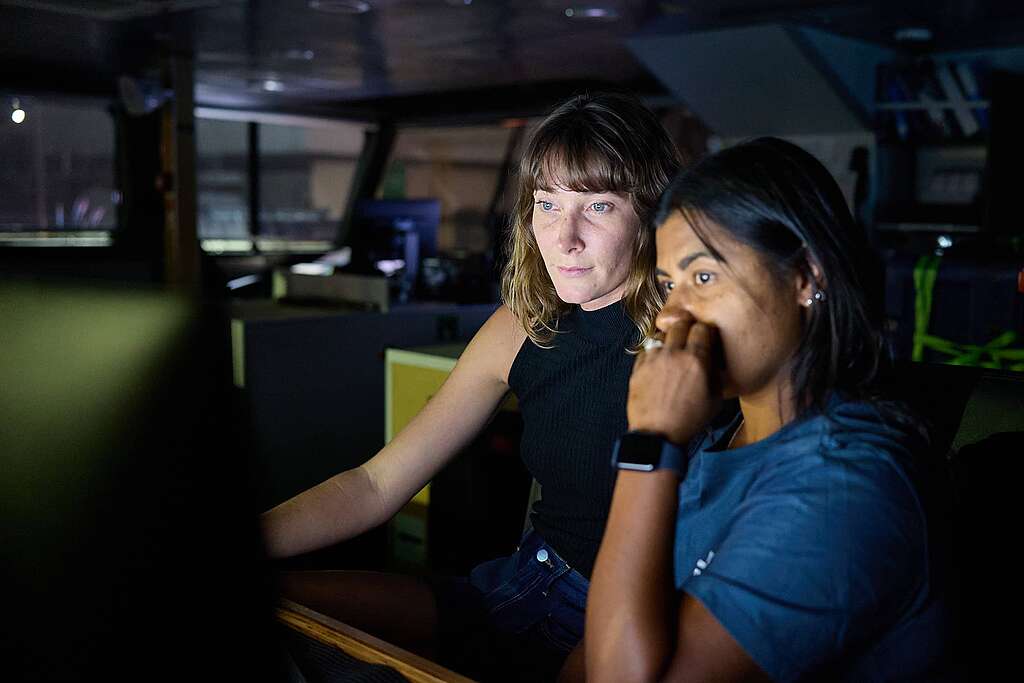
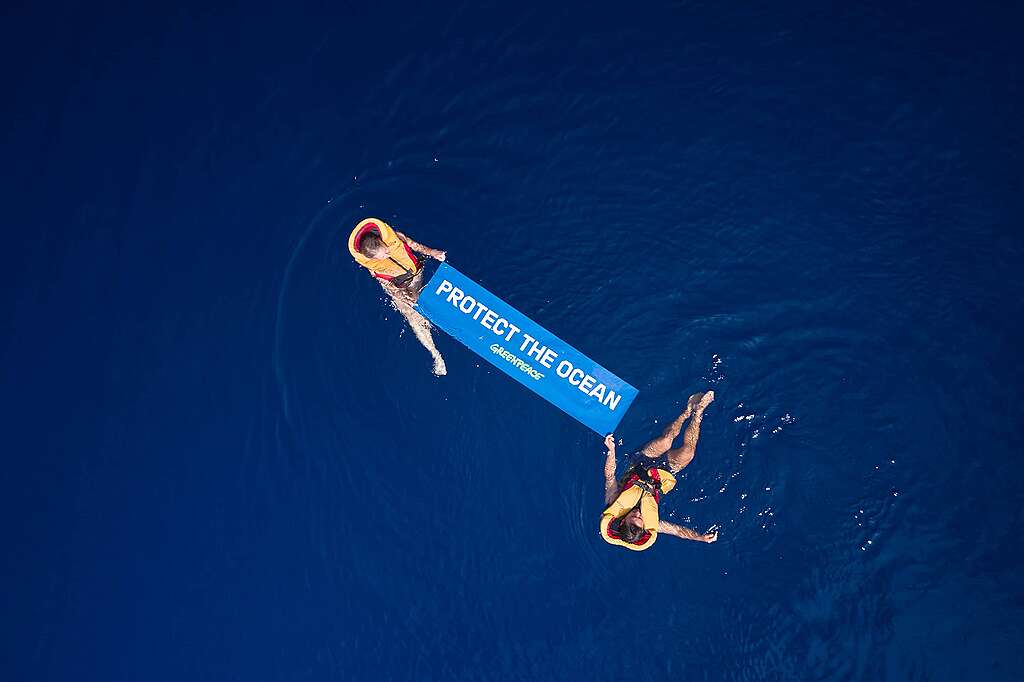
The Global Ocean Treaty and protected marine sanctuaries
Excitingly, we are close to getting the Global Oceans Treaty passed into international law. This will pave the way for the creation of vast ocean sanctuaries on the high seas.
Creating global ocean sanctuaries on the high seas will help protect all the life that lives in these abundant waters. Imagine, fully protected areas safe from destructive fishing practices like longlining and bottom trawling.
Establishing a marine sanctuary in the Tasman Sea between Aotearoa and Australia would create a safe, thriving space where whales, dolphins, sharks and seabirds can live without the constant threat of industrial fishing.
We know this is within reach, and Aotearoa can play a key part.
-
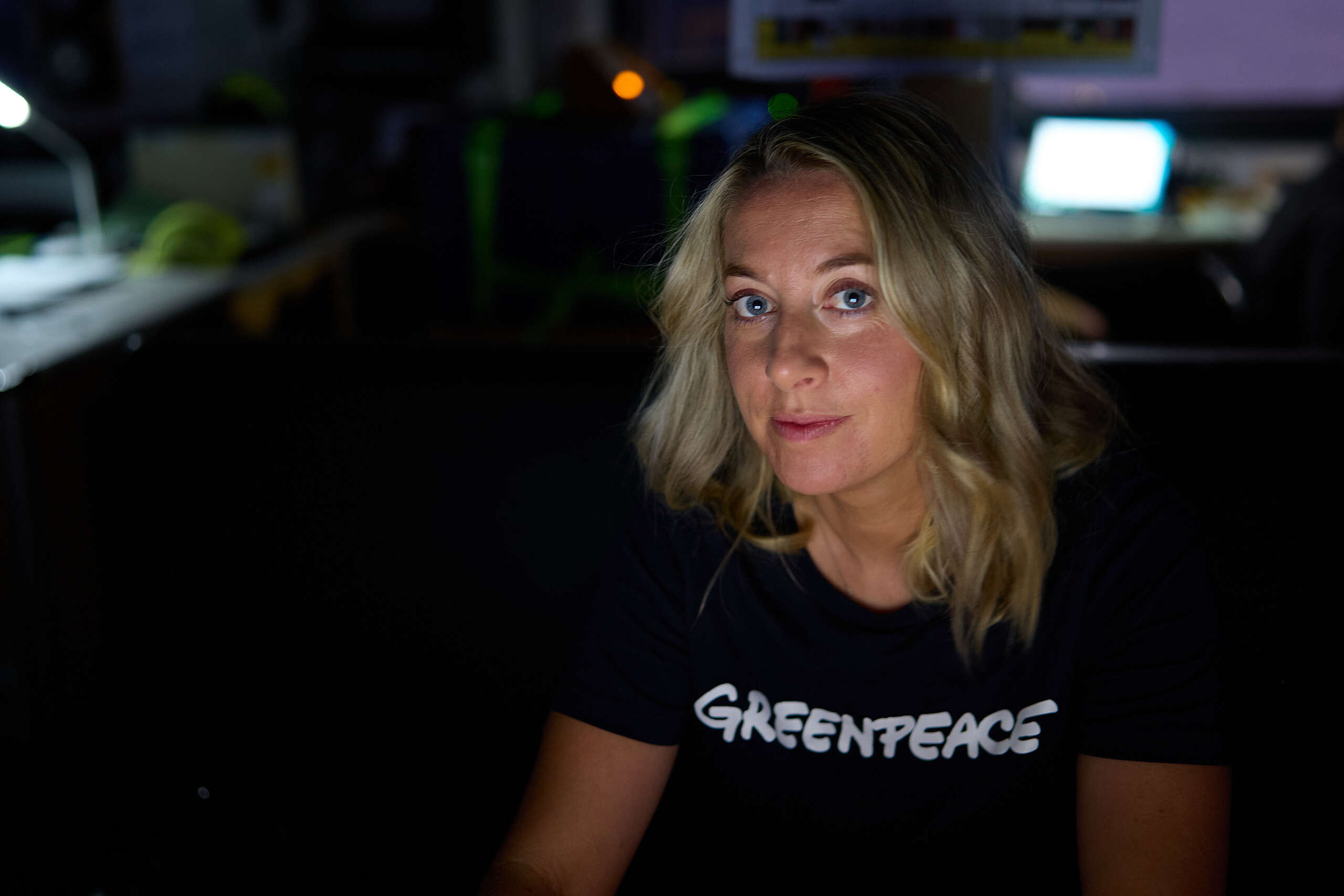
Seamount Expedition Day 22-24: Choppy Seas to in the Zone
Today we finally survey a seamount within New Zealand waters. We always wanted to make it here, but the weather was wild and this turns out to be our one opportunity.
-
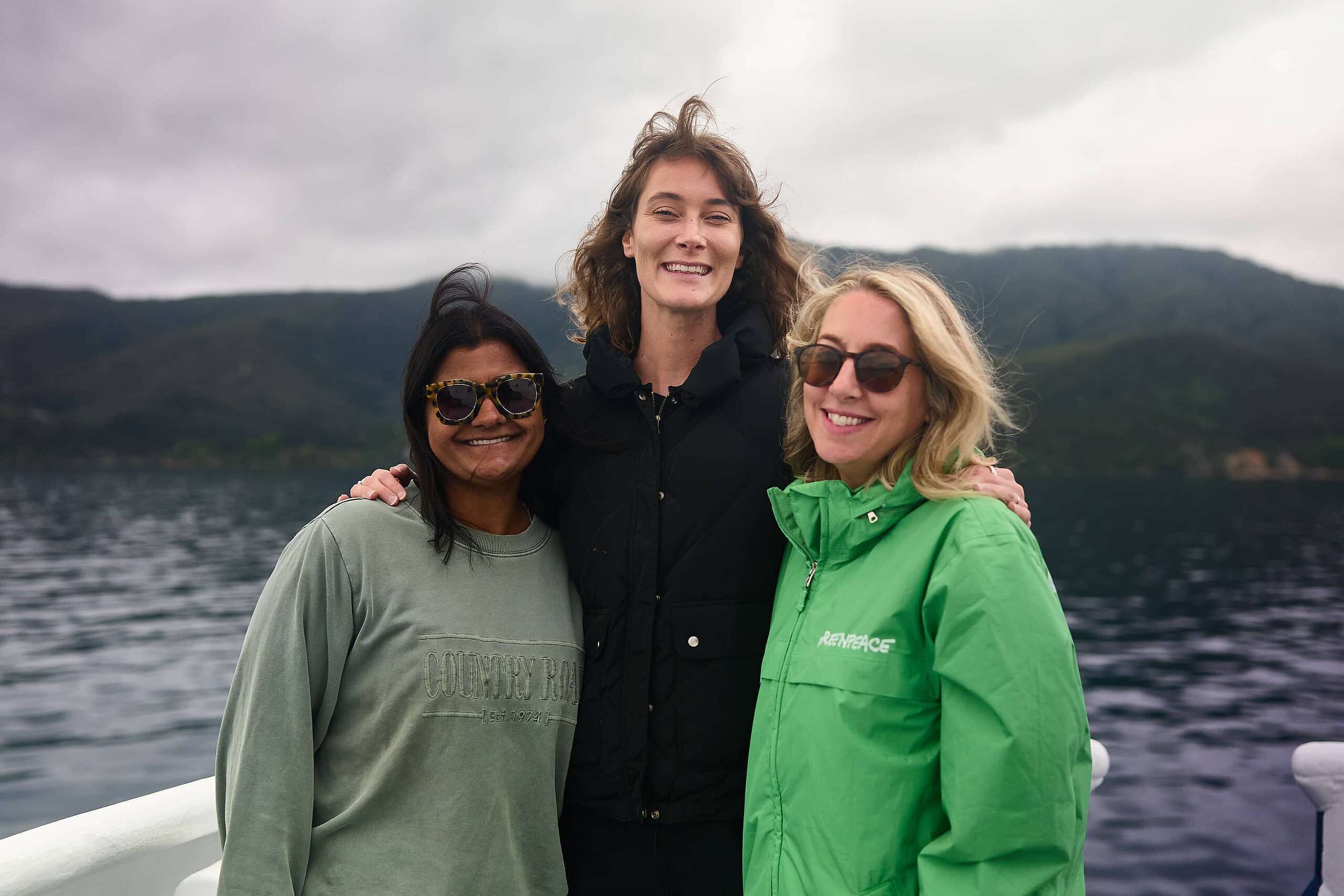
Seamount Expedition Day 17 – 21: Back to Port
The weather’s about to turn so after a couple of dives in the morning on Challenger and some good results, we head for Wellington. It’s strange to see land after two weeks at sea.
-

Seamount Expedition Day 16: Cheers and high fives
After an overnight steam to another seamount on Challenger, we’re sending down the camera again. After yesterday, I’m definitely apprehensive that we’re just going to see more of the same destruction, but there’s a surprise in store.

Where did we go?
We had several sites of interest that are feasible to visit with the equipment we have. One site we were especially interested in is where the Tasman Viking, a Westfleet trawler, pulled up 37kg of coral last year.
Our aim was to survey the site to assess the damage.
Why are seamounts important?
We know that seamounts and underwater hills, knolls and ridges are ocean lifelines, providing homes to coral and sponges, breeding grounds for fish and feeding spots for migrating whales.
Seamounts are sometimes called oasis of the ocean because of all the life they support. These vital areas need more research and ultimately more protection.
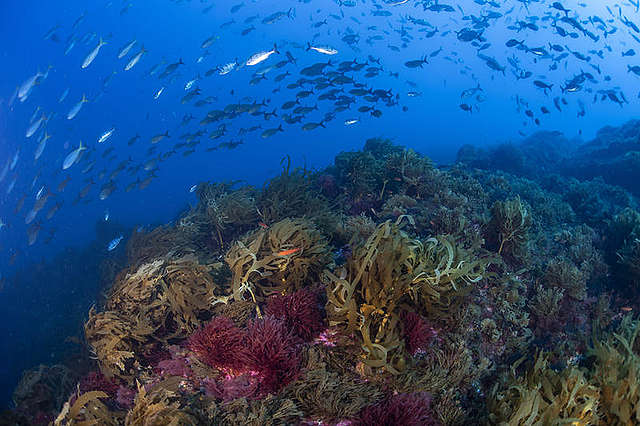
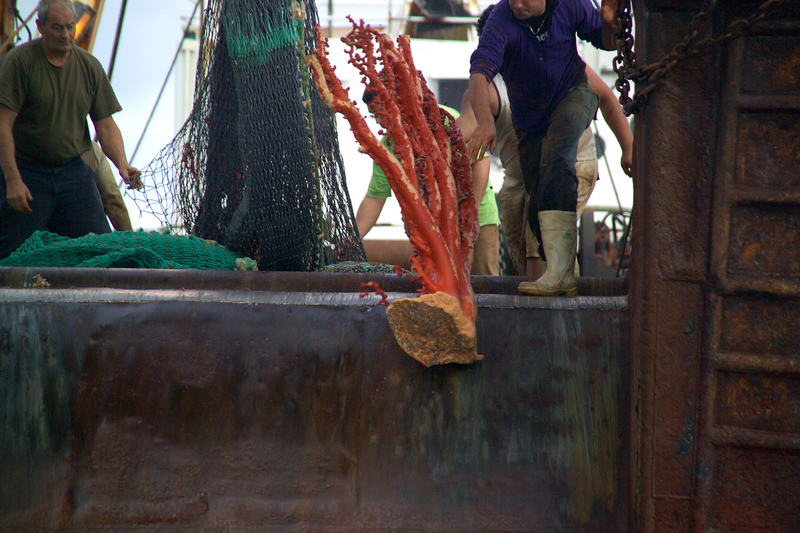
What’s so bad about bottom trawling?
The NZ bottom trawling fleet is one of the greatest threats to seamounts in Aotearoa and the South Pacific high seas. New Zealand is the only country still trawling in the South Pacific high seas – including in the Tasman Sea.
When trawlers drag their heavy, weighted nets over these areas, they bulldoze precious coral that has taken decades or centuries to grow.The coral that comes up in nets is just the tip of the iceberg. Scientists warn that the actual damage on the seafloor could be a hundred times worse.
New Zealand Seamounts Map
Read more about the data behind the map.
Ways to take action
-

QUIZ: Test your bottom trawling knowledge
Here come eight quick questions for you about corals, the deep sea and bottom trawling on seamounts in the waters of Aotearoa!
-
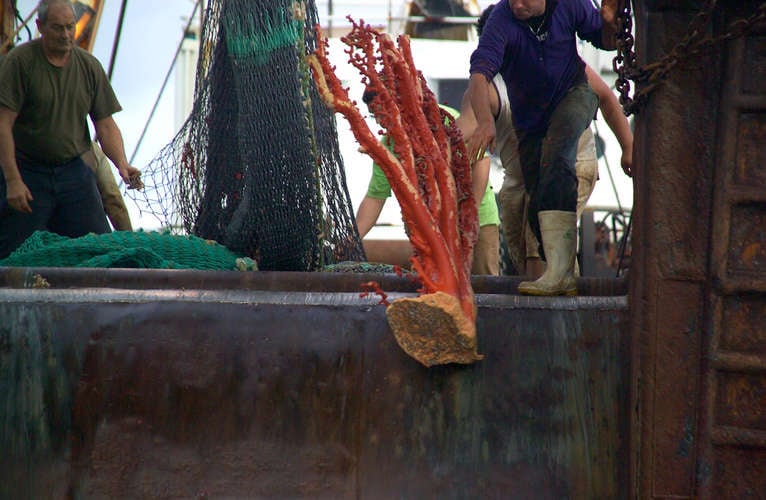
PETITION: Ban bottom trawling on seamounts
Join the call to demand that the NZ Govt bans bottom trawling on seamounts and similar deep sea features, and stop issuing permits for bottom trawling in international waters.
-
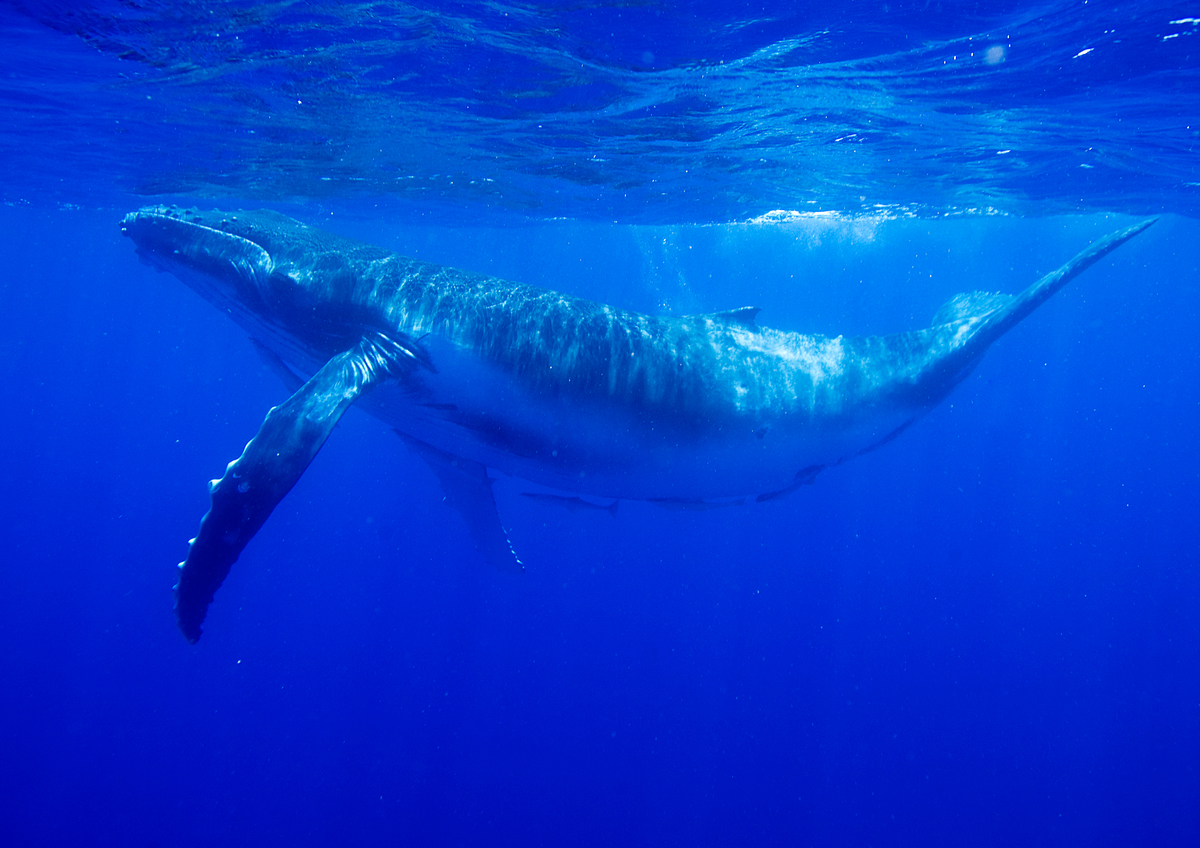
PETITION: Create global ocean sanctuaries
Call on the Foreign Affairs Minister Winston Peters to create new global ocean sanctuaries and protect our blue planet.
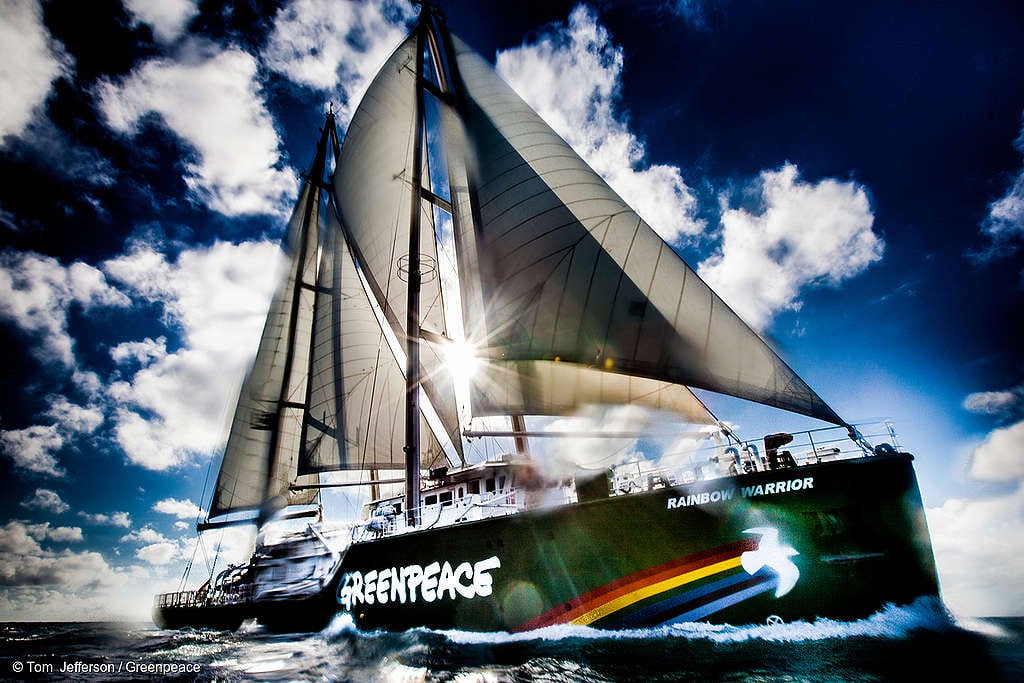
Donate to Greenpeace today. We take no money from corporations or governments. Our independence and ability to speak and act freely is our greatest strength. To maintain that freedome, we rely on the generosity of people like you to keep us in action.
Take Action-
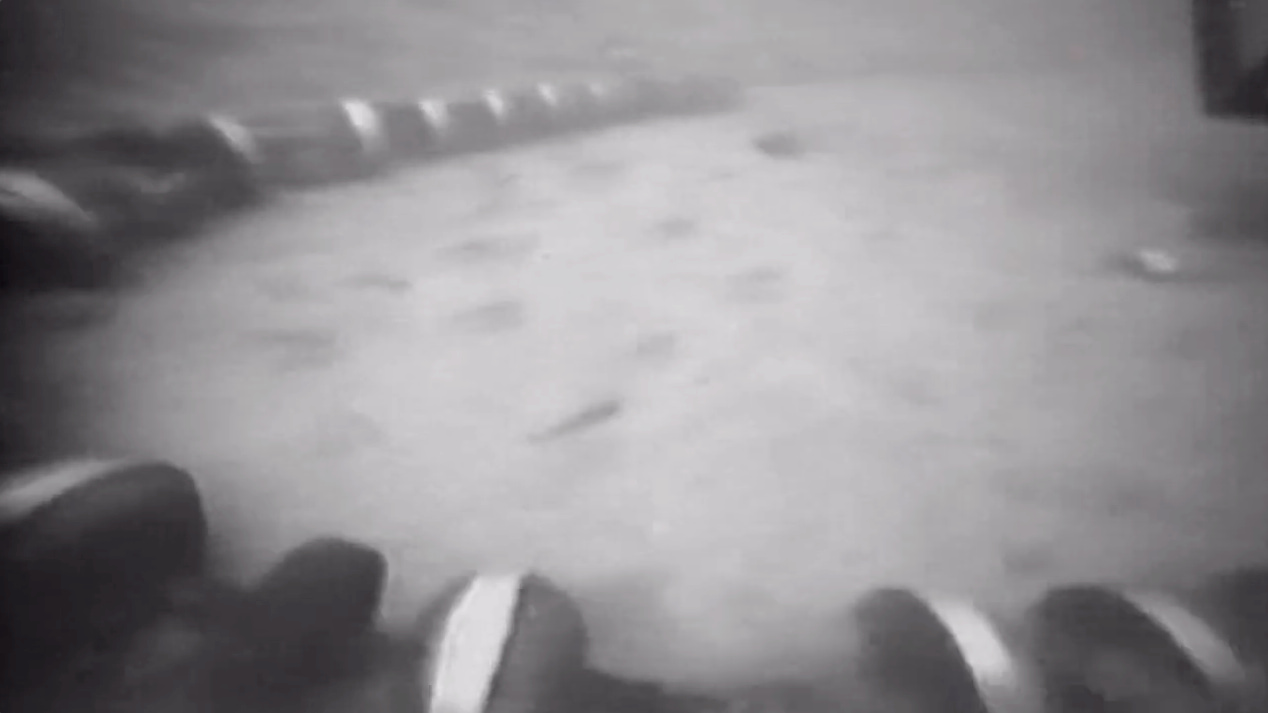
What is bottom trawling, and why is it bad for the environment?
Bottom trawling is a method of fishing that involves dragging heavy, weighted nets across the sea floor to catch fish. It’s a method favoured by commercial fishing companies because it can catch large quantities but it is incredibly damaging to the seafloor and indiscriminate in the way it kills.
-

Why do we need a Global Ocean Treaty?
We have less than two weeks to go, and it feels like anything can happen – especially if enough people speak up. Five million of us have already called for a strong Global Ocean Treaty
-
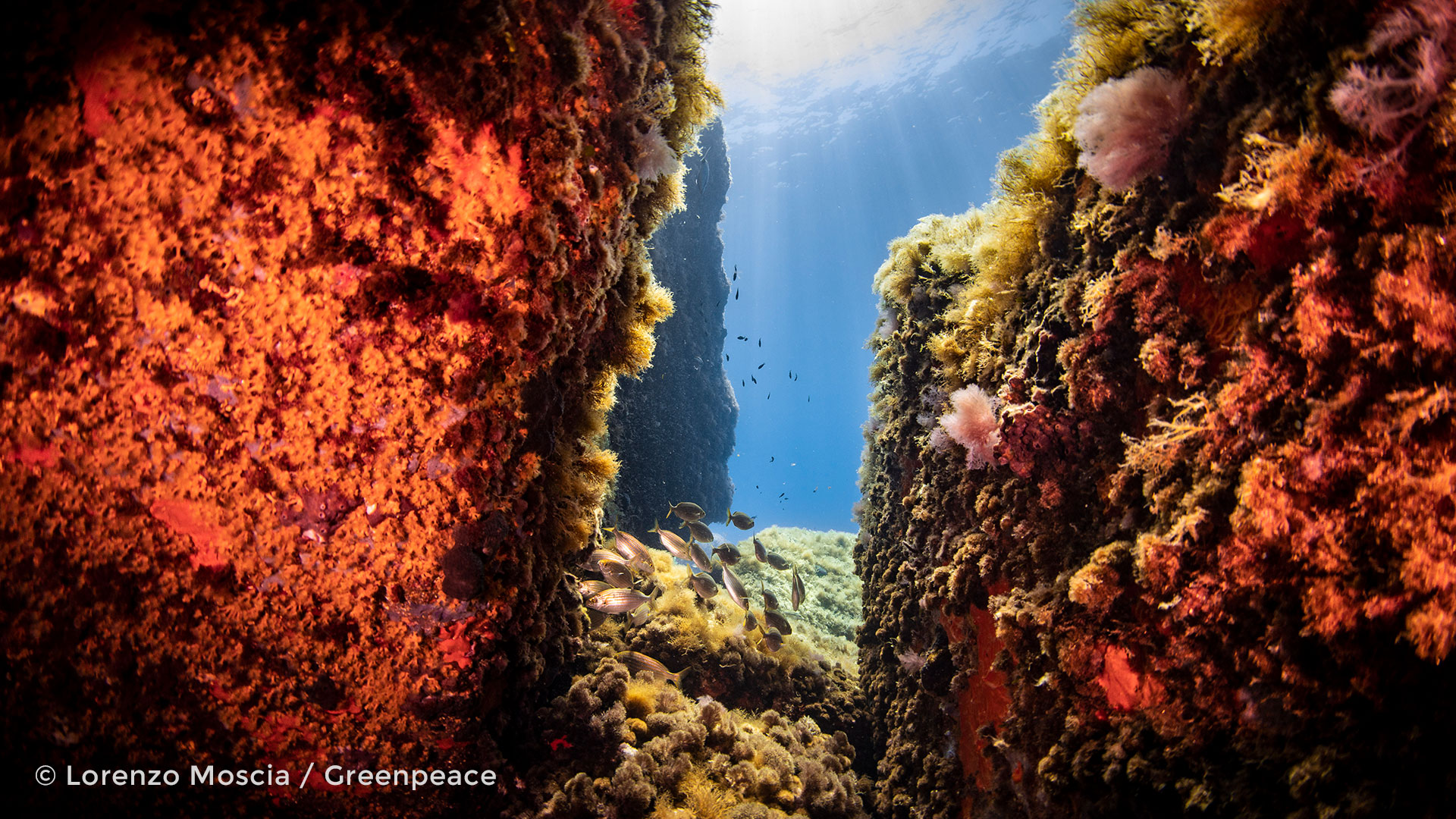
What are seamounts?
There are enormous mountains under the sea. And these mountains are covered in unique and diverse lifeforms. Here are five things you need to know about seamounts – the mountains of the ocean.
